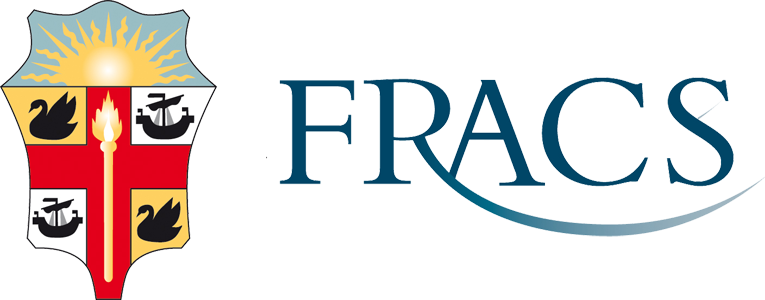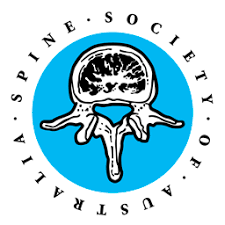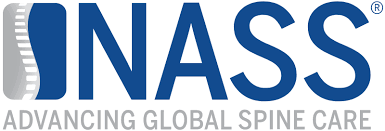Post Op Rehabilitation
Physiotherapy and Exercise After Your Spine Surgery Procedure
The following information serves as additional information for patients consulting with Prof. Malham, regarding neurosurgical or ‘spine surgery’ procedures.
* Please note that these are only general guidelines. Your specific program may vary and instructions from your surgeon will override these guidelines.
In the first few days following surgery you should notice some improvement in your leg pain or pins and needles. Numbness from prior to the operation often persists for a period of time (weeks to months).
For patients who had significant leg pain, weakness or numbness for a long time prior to surgery, it may take several weeks or months for these symptoms to improve, and in some cases, they may never fully recover.
It is very common to get occasional twinges of pain in the back, buttocks, hips or in one or both legs. Muscle cramping or spasms in the buttocks, back or legs may occur particularly at night. These will usually resolve by themselves.
As activity increases it is normal to get some back ache. This need not cause any alarm or cause you to stop exercising. Remember to increase your activity gradually and to “listen to your body” to help judge how quickly to progress. Remember, it is important to maintain an active lifestyle in order to make the most of your surgery.
Here is some useful information to get active again safely:
Epworth Richmond Post-Operative Physiotherapy Guidelines Following Lumbar Fusion
After your Surgery:
- You will start on a daily walking program. Aim to be walking at least 6-8 times daily before discharge home
- REST is very important to allow for healing
- Sit only as directed by your surgeon.
- SITTING LIMIT = …….. mins (This would be discussed with you, in your post-operative care information)
- DO NOT bend or twist the back
- NO heavy lifting (nothing greater than 5kg)
- Complete any exercises given to you by your physiotherapist
Below are some general guidelines for this post-operative period of up to 12 weeks.
GENERAL ADVICE
DISCHARGE
Please discuss with your surgeon, Prof. Malham, whether this will be by car or ambulance.
ACTIVITY ON DISCHARGE
Remember
- Avoid twisting and bending. Maintain a good posture
- Log roll to get in and out of bed
- No heavy lifting (greater 5kg)
- No high impact sports
- WALKING is the best exercise
EXERCISES AFTER SPINE SURGERY
The exercises below are designed to maintain movement and restore muscle strength to your legs and trunk whilst recovering from your spinal surgery. Should any discomfort be caused please discontinue and consult your physiotherapist.
A FINAL NOTE
Contact your surgeon if you:
- develop any new or increased back or leg pain, numbness, weakness or pins and needles;
- have problems urinating or opening your bowels;
- develop a fever or if you notice any ooze/discharge from the wound.New Paragraph



